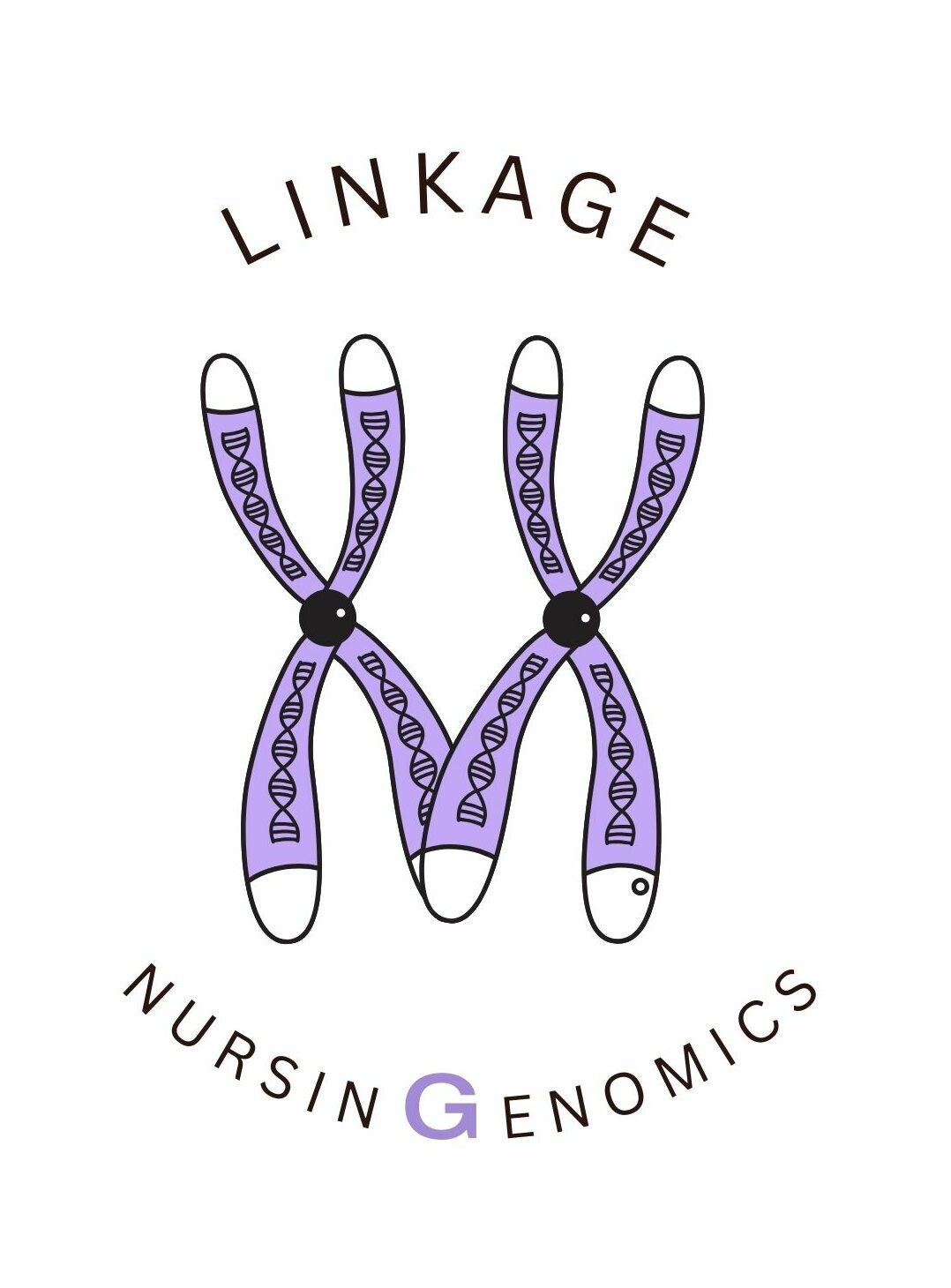Module 3: Genetic Disorders
Learning Objectives
- Understand the biological basis of genetic disorders, encompassing chromosomal abnormalities and single-gene variations
- Learn how to integrate knowledge of genetic inheritance and genetic testing into your nursing assessment
- Understand the pattern of single gene inheritance
Tips for navigating the H5P Module
For the best viewing experience, please use Chrome or Firefox browsers.

Click the slides icon to view the list of slides.

Click the play icon, at the bottom of each slide, to start/stop the audio clip. It is set to automatically play for every slide except the first one.

Click the question mark button, on relevant slides, to review the definitions of key terms bolded on the slide.
Glossary
Alleles: Alternative forms of a gene that form from any genetic variation and are found at the same locus or place on a chromosome.
Allosomes: Sex chromosomes. Autosomal Dominant Inheritance (?): A pattern of genetic inheritance in which an individual requires one copy of an altered gene and one normal gene on a pair of autosomal or non-sex-linked chromosomes to exhibit the traits of the genetic disorder. At least one parent of the offspring must possess one copy of the altered gene.
Apoptosis: A form of programmed cell death which helps control growth and development in multicellular organisms.
Autosomal Recessive Inheritance: A pattern of genetic inheritance in which an individual needs two copies of the altered gene to manifest the genetic disorder. The parents of the offspring with an autosomal recessive inheritance must each carry at least one copy of the altered gene.
Autosomes: Any of the non-sex chromosomes in an organism; they contain several different genes, but these genes are not able to determine sex.

